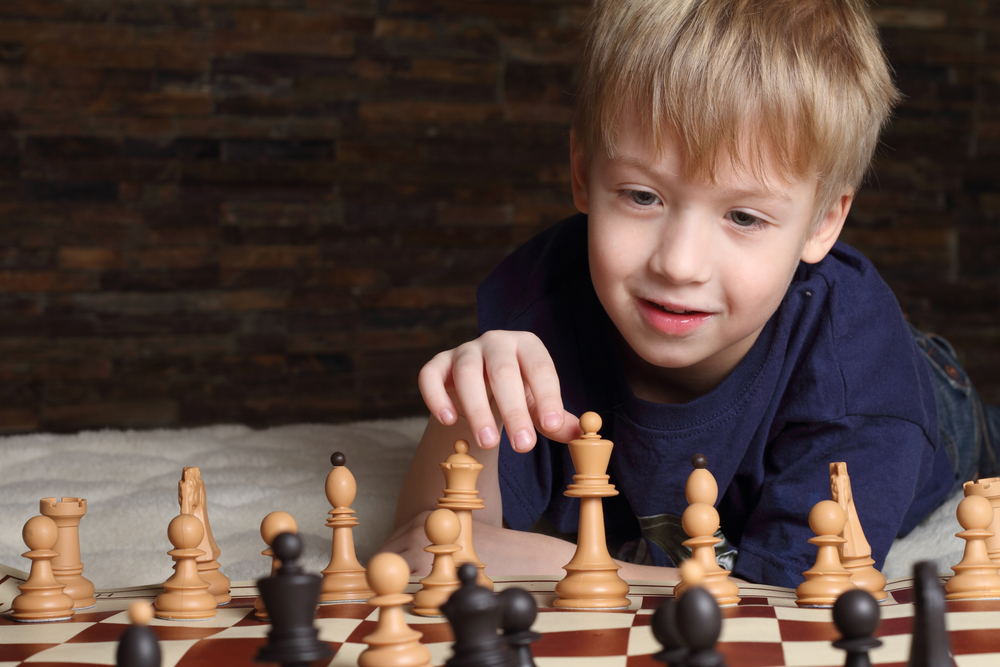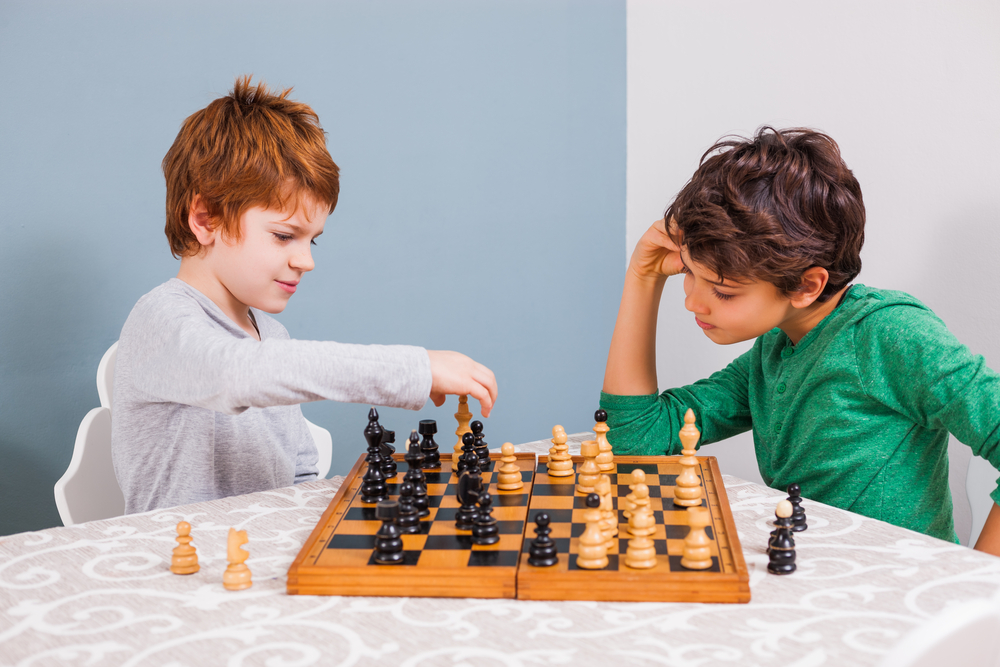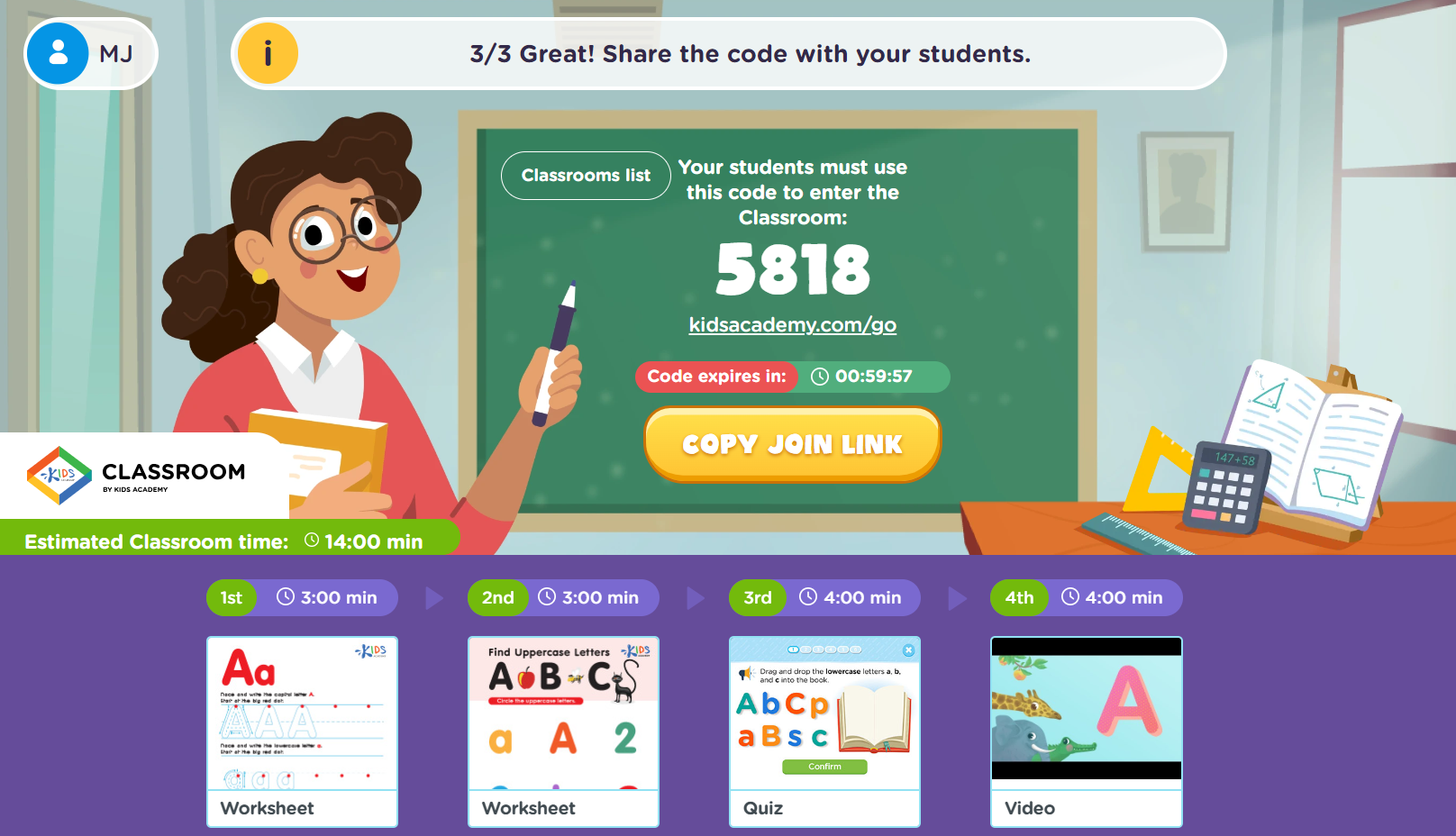Strategic thinking development Normal Chess Worksheets for Ages 3-6
7 filtered results
-
From - To
Enhance your child's strategic thinking skills with our engaging Normal Chess Worksheets designed specifically for ages 3-6. These thoughtfully crafted activities introduce young learners to the basics of chess while encouraging critical thinking and problem-solving abilities. Through interactive puzzles and fun games, kids will develop important skills such as pattern recognition, planning, and decision-making. Each worksheet is designed to be age-appropriate, ensuring children can grasp the essential concepts of chess while enjoying the learning process. Perfect for home or classroom use, our worksheets make strategic thinking fun and accessible. Start your child's journey into the world of chess today!
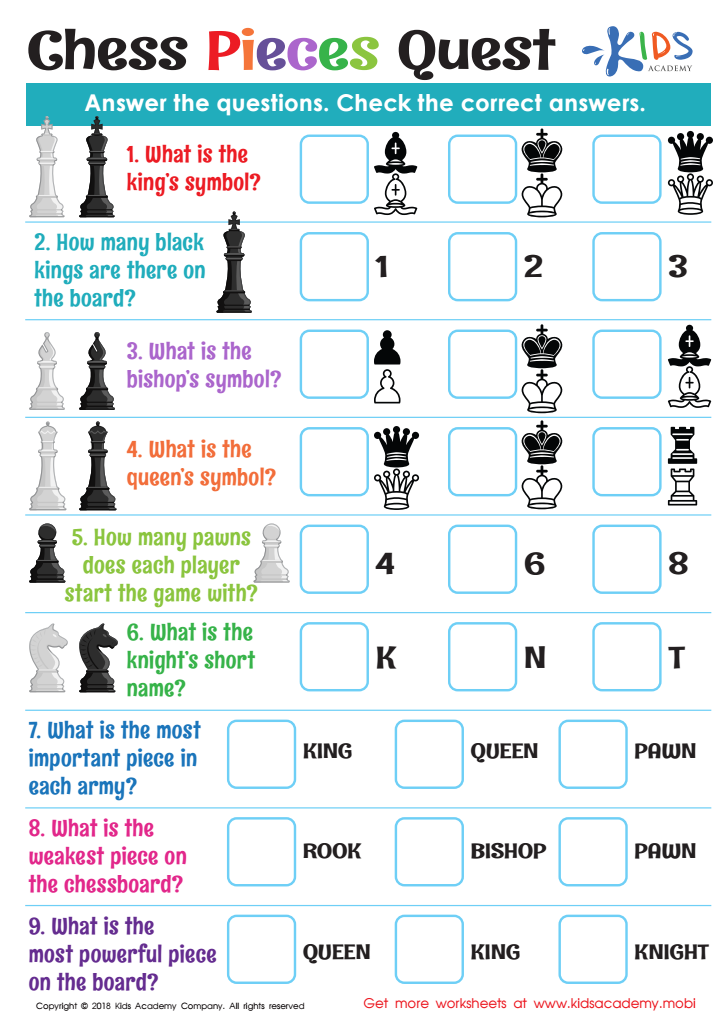

Chess Pieces Quest Worksheet


Notation of Moves Writing it Down Worksheet
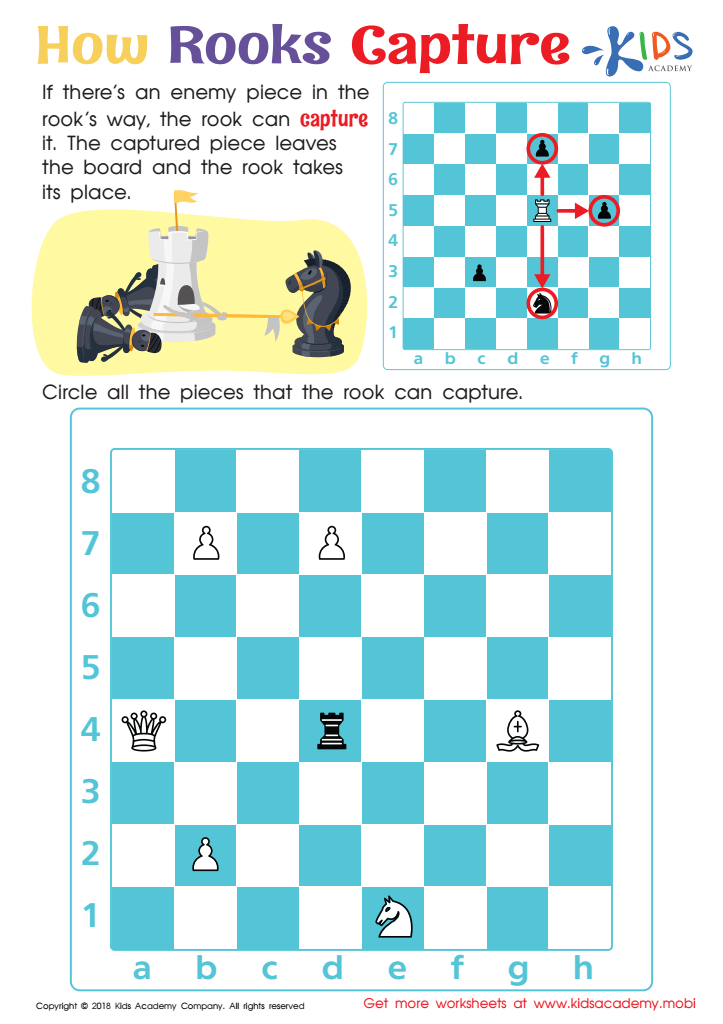

How Rooks Capture Worksheet
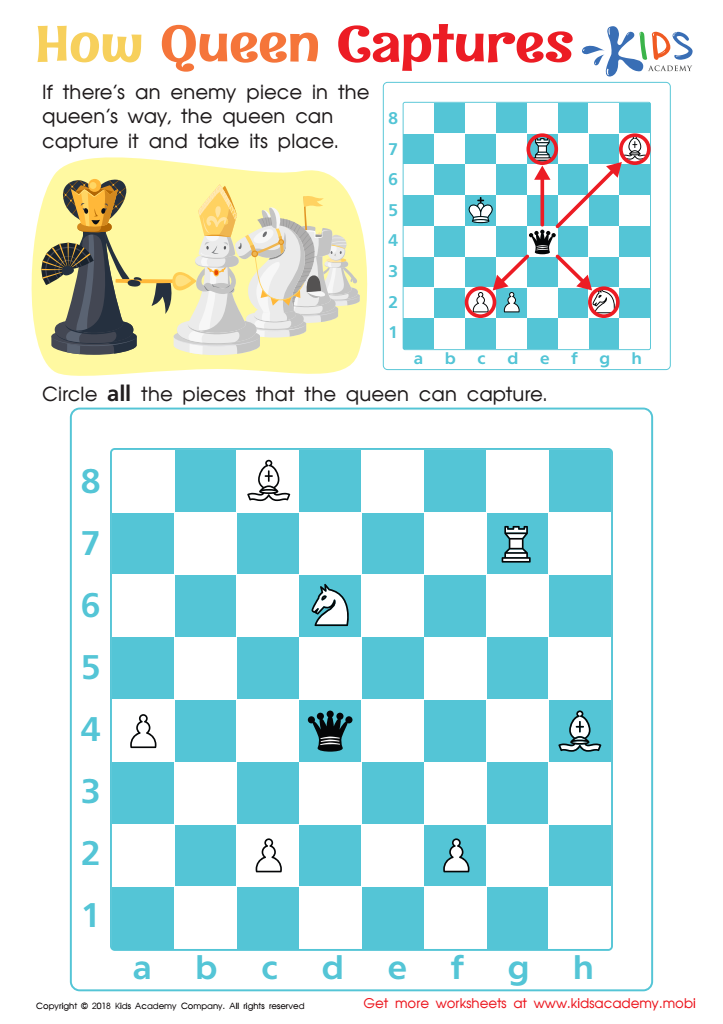

How Queen Captures Worksheet
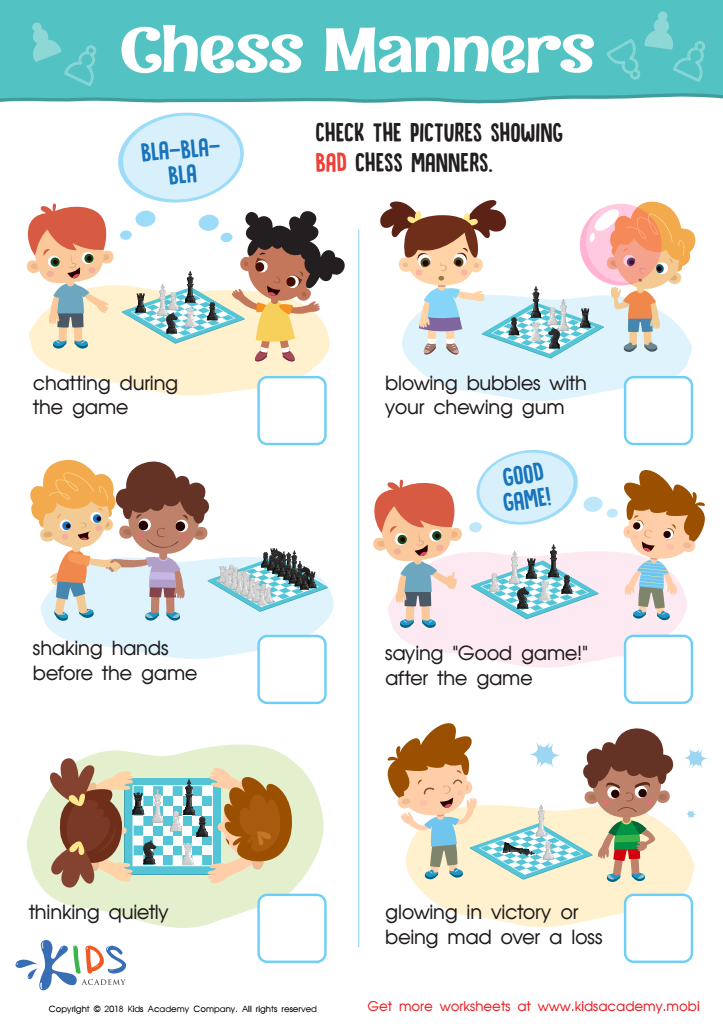

Chess Manners Worksheet
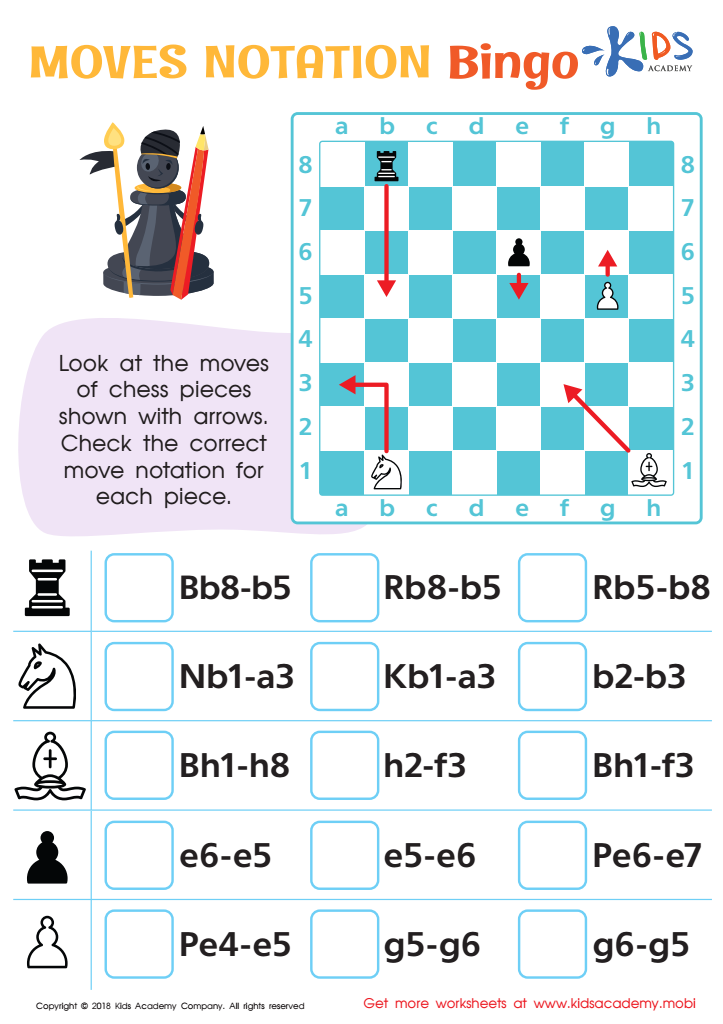

Moves Notation Bingo Worksheet
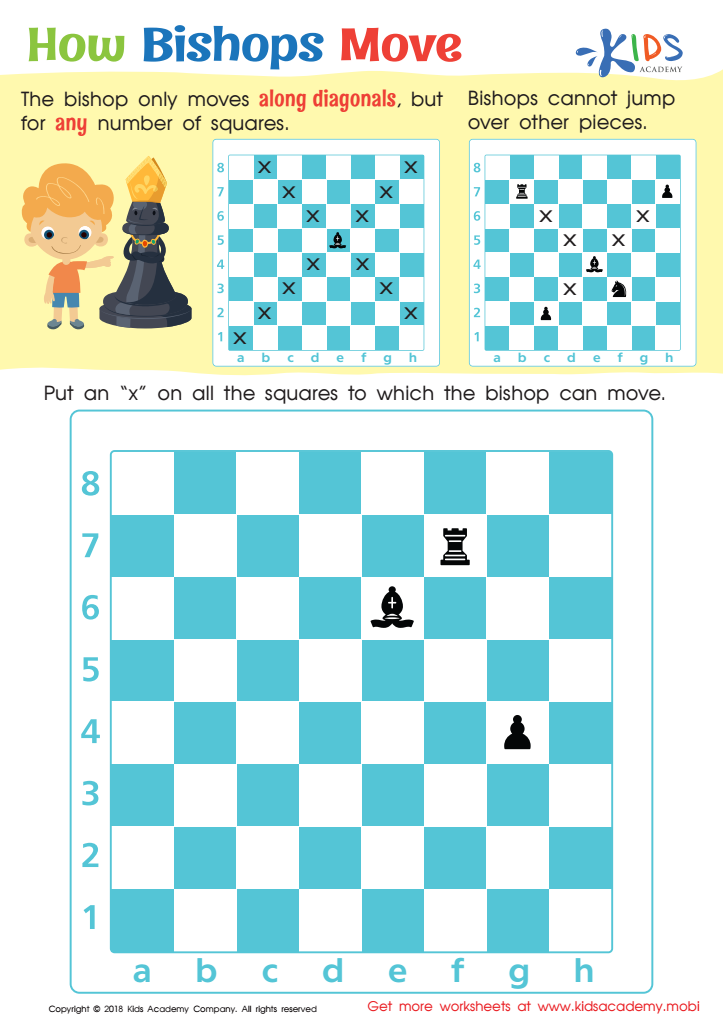

How Bishops Move Worksheet
Strategic thinking development through chess is increasingly recognized as a vital skill for children aged 3-6. At this formative stage, young minds are highly receptive, making it an ideal time to introduce complex problem-solving and critical reasoning skills that chess fosters. Engaging in chess teaches children to plan several moves ahead, consider consequences, and think critically about their choices.
For parents and teachers, fostering strategic thinking through chess can enhance cognitive functions like memory, attention, and spatial skills. These abilities not only aid in academic performance but also prepare children for real-life challenges. As children maneuver chess pieces, they learn patience and discipline, valuable traits that contribute to personal development. Additionally, chess promotes social interaction, providing opportunities for teamwork and communication as they play with peers.
By encouraging strategic thinking through chess, caregivers are investing in a foundation that equips children with lifelong skills. This approach not only strengthens their cognitive abilities but also cultivates resilience and adaptability. Ultimately, introducing chess at an early age contributes to holistic development, enhancing both intellectual and social capacities, making it a worthwhile endeavor for parents and educators alike.
 Assign to My Students
Assign to My Students



